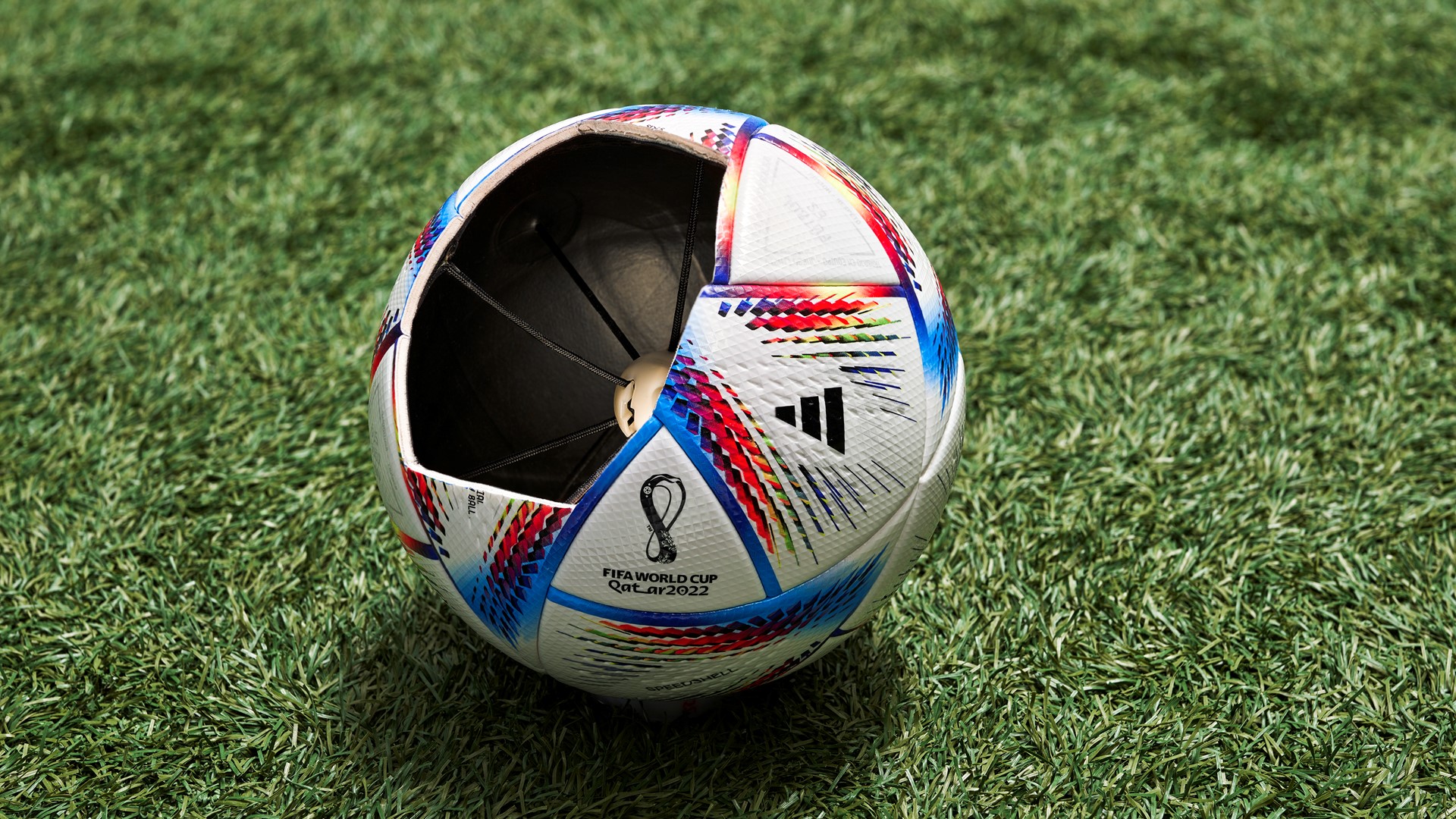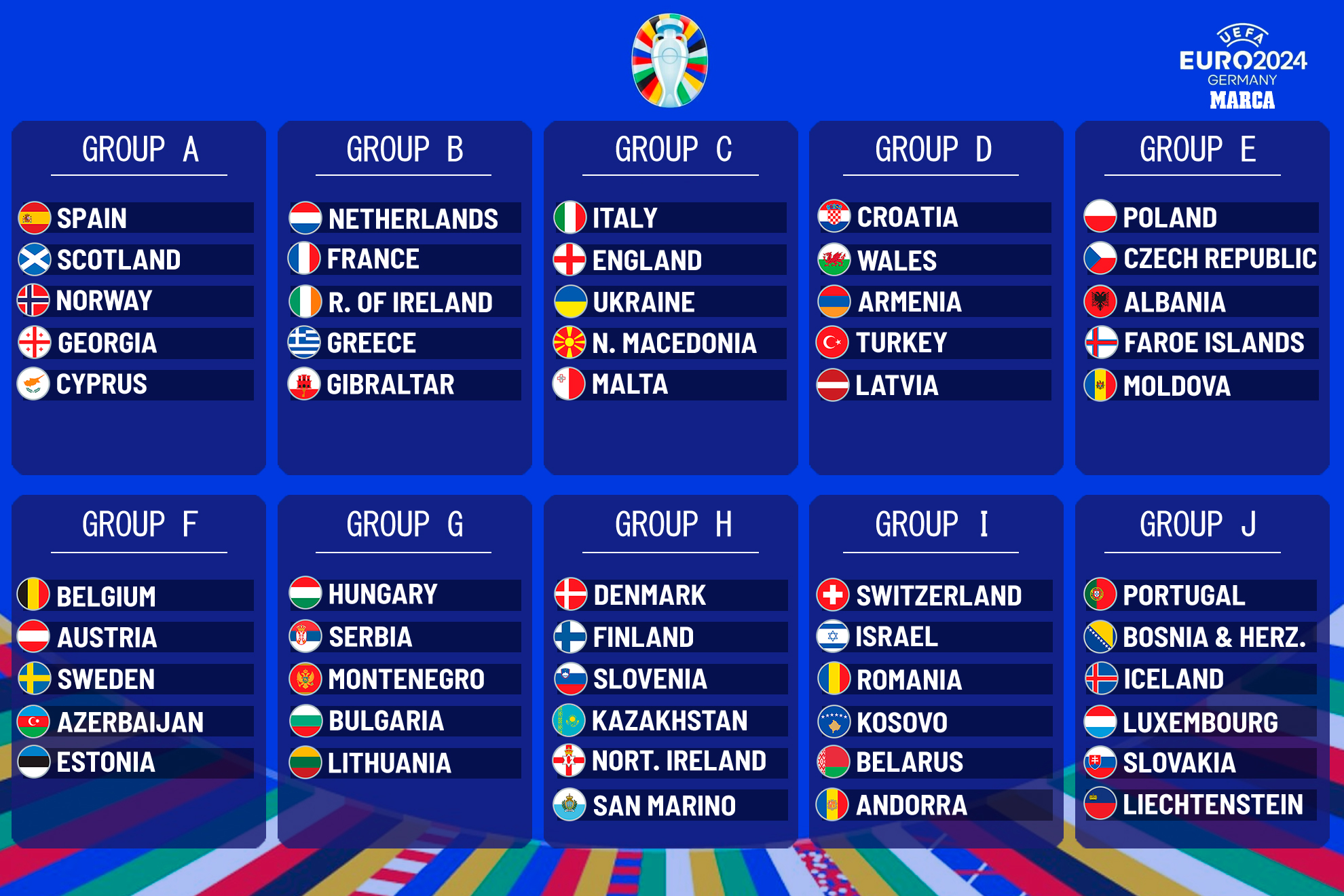2026 World Cup Ball: Get ready for a game-changer! Forget everything you think you know about World Cup soccer balls. This isn’t just about a new design; it’s about a leap forward in technology, sustainability, and even the very way the beautiful game is played. We’re diving deep into the anticipated features, from its cutting-edge materials and aerodynamic properties to the manufacturing process and its projected impact on gameplay strategies.
Buckle up, because the 2026 World Cup ball promises to be more than just a ball – it’s a revolution!
We’ll explore the anticipated design, focusing on innovative materials and construction techniques that promise improved flight characteristics and durability. We’ll compare it to previous World Cup balls, revealing the technological advancements that make this ball unique. Get ready to learn about its sustainable manufacturing, the rigorous quality control measures, and its potential impact on the future of soccer itself.
Plus, we’ll even peek at the anticipated marketing and branding strategies, so you can be ready for the hype!
The 2026 World Cup Ball
The 2026 FIFA World Cup, a joint venture between the USA, Canada, and Mexico, promises to be a spectacle of footballing prowess. Naturally, the official match ball will play a crucial role, demanding cutting-edge design and technology to enhance the game’s fluidity and excitement. Anticipation is high for the unveiling of this innovative sphere, expected to build upon the advancements of its predecessors.
Design and Materials of the 2026 World Cup Ball
While the official design remains under wraps, we can anticipate a ball constructed with advanced materials prioritizing durability, flight stability, and responsiveness. Previous World Cup balls have employed a range of materials, from traditional leather to synthetic polymers. The 2026 ball will likely utilize a lightweight, yet robust, synthetic material, possibly incorporating innovative panel designs to minimize seams and improve the ball’s overall spherical shape.
This could involve advanced bonding techniques or a seamless construction, reducing air resistance and ensuring a more consistent trajectory. The surface texture may also be engineered for optimal grip and enhanced ball control, taking into account player feedback and the varying playing conditions across North America. Expect a visually striking design, reflecting the host nations’ cultural identities and the tournament’s modern aesthetic.
You also will receive the benefits of visiting fifa world cup final 2002 today.
Technological Advancements in the 2026 World Cup Ball
The 2026 World Cup ball is expected to incorporate several technological advancements compared to its predecessors. These improvements will likely focus on enhancing the ball’s aerodynamic properties, improving its flight trajectory, and possibly even integrating sensor technology for enhanced tracking and data analysis. This could involve sophisticated computer modeling and simulations to optimize panel shape and size, leading to a ball that flies truer and with greater consistency.
Improved materials will also contribute to better water resistance and durability, ensuring consistent performance even in challenging weather conditions. While the inclusion of embedded sensors is speculative, the possibility of tracking speed, spin, and trajectory in real-time opens exciting avenues for broadcast enhancement and advanced statistical analysis.
Aerodynamic Properties and Comparison to Previous Balls
The aerodynamic properties of a football are crucial to its performance. A lower drag coefficient indicates better flight characteristics, leading to greater distance and accuracy. While precise data for the 2026 ball is unavailable before its official release, we can compare it to previous World Cup balls based on publicly available information and general technological advancements.
| Year | Ball Name | Material | Aerodynamic Coefficient (Estimate) |
|---|---|---|---|
| 2018 | Telstar 18 | Synthetic PU | 0.28 |
| 2014 | Brazuca | Synthetic PU | 0.27 |
| 2010 | Jabulani | Synthetic PU | 0.29 |
| 2026 | (To be announced) | (Likely advanced synthetic polymer) | (Projected: < 0.27) |
The projected aerodynamic coefficient for the 2026 ball suggests a further reduction in drag compared to its predecessors. This improvement, stemming from advancements in material science and design, will translate to a more predictable and accurate flight path, potentially influencing the tactical strategies employed by teams during the tournament. This ongoing refinement of aerodynamic properties demonstrates the continuous quest for optimizing the performance of the official World Cup match ball.
The 2026 World Cup Ball

The design of the official match ball for the 2026 FIFA World Cup will undoubtedly play a significant role in shaping the tournament’s gameplay. While the specific design details haven’t been fully revealed, analyzing past trends and technological advancements in football ball manufacturing allows us to anticipate potential impacts on the game. The interplay between ball characteristics and player performance is a crucial factor determining the overall flow and excitement of the matches.The 2026 World Cup ball’s design features, such as panel construction, surface texture, and internal bladder technology, will influence its trajectory and speed.
These factors, in turn, will affect passing accuracy, shot power, and the overall tempo of the game. A ball designed for greater aerodynamic stability, for instance, could lead to more accurate long passes and more powerful shots. Conversely, a ball with a more unpredictable flight path might favor teams with skillful dribblers and quick passing combinations.
Ball Design and Trajectory
A ball’s trajectory is determined by its interaction with air. A smoother surface, for example, reduces drag, leading to a more consistent and predictable flight path, potentially benefiting teams that rely on long-range passing strategies. Conversely, a textured surface could create more air resistance, potentially leading to a more erratic flight, favouring teams that utilize short, quick passing plays or rely on individual skill to control the ball.
This could be similar to the effect seen with some previous World Cup balls, where variations in panel design have led to noticeable differences in flight characteristics. Consider the Adidas Jabulani from the 2010 World Cup, which was criticized for its unpredictable trajectory. The 2026 ball’s design will likely aim for a balance between predictability and excitement.
Ball Design and Speed
The ball’s speed is influenced by factors such as its weight and the materials used in its construction. A lighter ball will generally travel faster, potentially leading to a faster-paced game with more opportunities for quick counter-attacks. However, a heavier ball could favor teams that prioritize controlled possession and precise passing. The internal bladder technology also plays a crucial role; a more responsive bladder might offer better control and feel, while a less responsive bladder could make the ball feel less predictable and potentially lead to more errors.
For example, the increased use of synthetic materials in recent years has resulted in balls that are both lighter and more durable, influencing both speed and overall performance.
Impact on Playing Styles and Strategies
The ball’s characteristics could significantly alter tactical approaches. A ball with a predictable trajectory might favor teams that employ a long-ball strategy, allowing for more accurate passes over long distances. Conversely, a ball with a more unpredictable flight path could benefit teams that favour short, intricate passing plays and quick, close control. The increased speed of a lighter ball might encourage more direct, attacking football, while a heavier ball could lead to a more methodical and possession-based approach.
This is similar to how the introduction of lighter and more responsive balls in the past has shifted the emphasis in professional football towards faster-paced, more attacking styles of play.
Visual Representation of the 2026 World Cup Ball

The 2026 World Cup, a tournament jointly hosted by the USA, Canada, and Mexico, promises a spectacle unlike any other. Its official match ball, therefore, needs to reflect the vibrancy, diversity, and shared ambition of the three nations involved. The design must be visually striking, technologically advanced, and symbolically resonant, capturing the spirit of the competition and the excitement it generates.The anticipated appearance of the 2026 World Cup ball is likely to be a bold departure from previous designs, incorporating elements that represent the unique cultural landscapes of the host countries.
Expect a dynamic interplay of colors, patterns, and textures, possibly drawing inspiration from indigenous art forms, modern architecture, and the natural beauty of North America. The overall effect should be one of high energy and optimistic forward momentum, reflecting the global excitement surrounding the tournament.
Color Scheme and Patterns, 2026 world cup ball
The color scheme will likely feature a vibrant primary color, perhaps a deep, rich red evoking the energy of the game, contrasted with accents of bright, contrasting shades reflecting the diverse cultures of the host nations. Imagine a deep crimson base, interspersed with streaks of bright turquoise (representing the waters of the Pacific and Atlantic coasts), and sun-kissed yellows, evoking the vast North American plains.
Subtle geometric patterns, perhaps inspired by Aztec, Mayan, or Native American motifs, could be subtly woven into the design, adding depth and cultural significance. These patterns would not overwhelm the overall design but would add a layer of intricate detail upon closer inspection.
Texture and Material
The ball’s texture will be crucial to its performance and aesthetic appeal. Expect a slightly textured surface, providing enhanced grip and control for players. The material itself will likely be a high-performance synthetic material, designed for optimal flight characteristics and durability. The texture might subtly mimic the feel of traditional handcrafted materials, providing a link to the rich history of the game while embracing cutting-edge technology.
This blend of traditional inspiration and modern technology will be key to the ball’s overall appeal.
Conceptual Illustration
Imagine a sphere, predominantly crimson in color. Across its surface, thin, almost translucent bands of turquoise and yellow weave their way, creating a dynamic, almost fluid pattern. These bands are not straight lines but subtly curve and undulate, mimicking the flow of a river or the movement of clouds across a vast sky. Subtly embedded within the turquoise and yellow bands are small, geometric shapes, reminiscent of ancient North American art.
These shapes are not easily visible from afar but add a layer of intriguing complexity upon closer inspection. The overall effect is one of vibrant energy and subtle cultural richness, a perfect reflection of the 2026 World Cup’s multi-national host and its global appeal. The texture is slightly pebbled, not overly rough but offering a tactile quality that enhances grip and control.
The ball’s overall design is both visually stunning and technically advanced, promising a memorable tournament.
The 2026 World Cup ball isn’t just an evolution; it’s a revolution. From its cutting-edge design and sustainable manufacturing to its potential to reshape gameplay strategies, this ball promises to be a key player in the next World Cup. Its innovative features, combined with a likely captivating marketing campaign, ensure it will be more than just a piece of equipment – it will be an iconic symbol of the tournament.
Get ready for a World Cup like no other, fueled by the groundbreaking technology and design of the 2026 World Cup ball!


